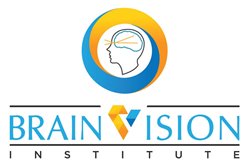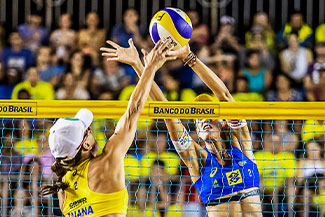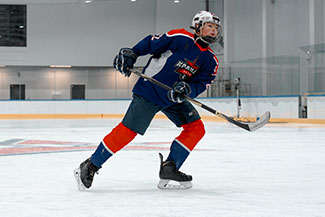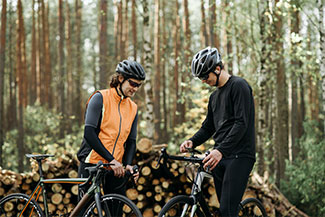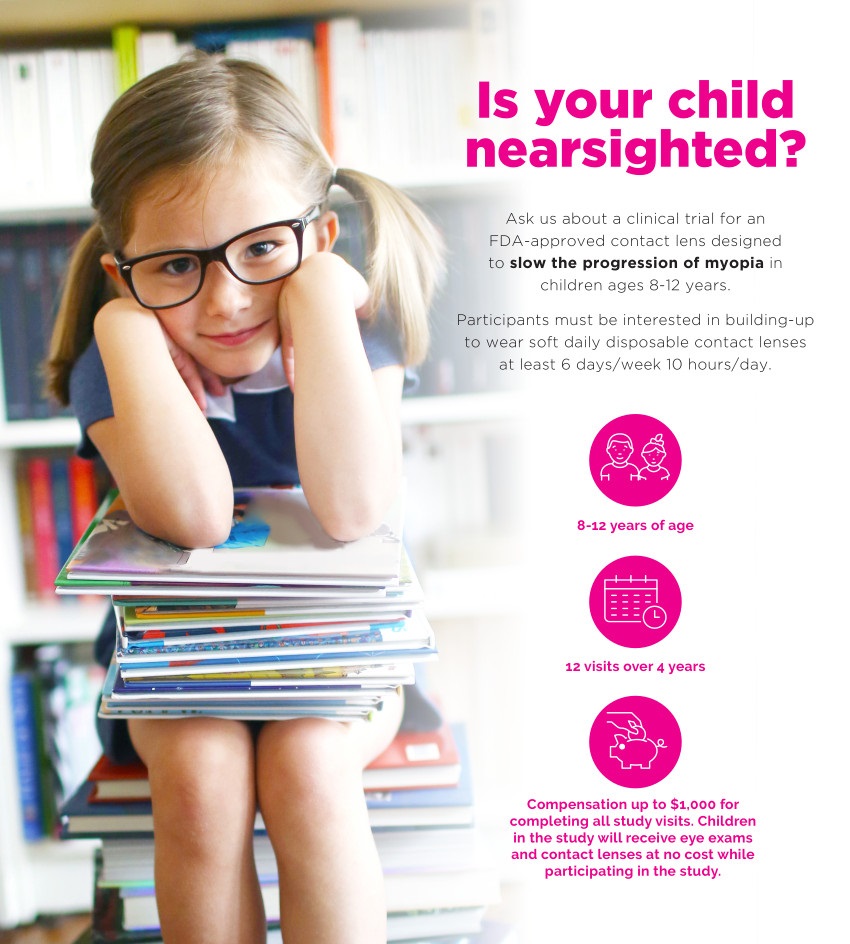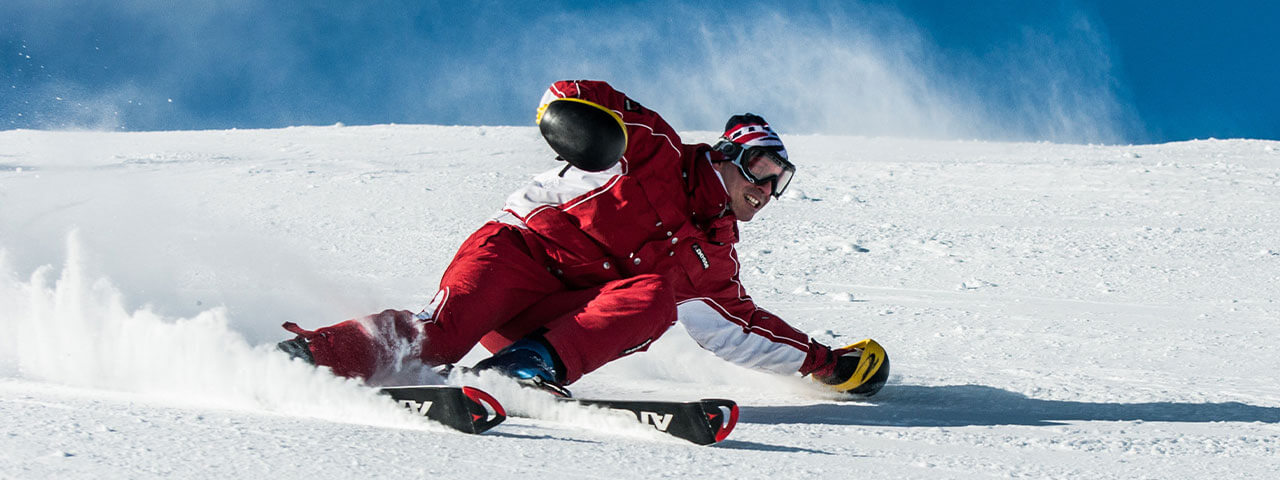
How Can Sports Vision Training Help Me Ski Like A Pro?
Did you know that an estimated 80% of what we learn comes from what we see? And in the case of sports, that percentage is even higher. This is because the eyes direct the movements of the body, so as your body moves faster, its reliance on prompt and accurate visual information from the eyes increases. Well-trained eyes, with the help of sprots vision training, can help refine the visual information you receive from your eyes, giving you an extra edge out on the field, court or snow. With proper training at Brain Vision Institute, you could be skiing like a pro.
What is Sports Vision Training?
Sports vision training is a doctor-prescribed regimen of eye exercises that improve the communication between the eyes and brain, enhancing the visual skills necessary to excel at various sports. At Brain Vision Institute, we offer a series of specific and comprehensive tests, a sports vision optometrist can determine the functioning of each of your visual skills.
Sports vision training programs develop skills like hand-eye coordination, visual reaction time, dynamic visual activity, peripheral vision, eye tracking and focusing.
Necessary Visual Skills for Skiing
Successful skiing requires a variety of visual skills. Improving these skills helps make you a better skier:
- Gross visual-motor skills – This is the ability to coordinate large body movements with the visual informations coming from your eyes. It’s fundamental for taking every turn exactly as planned, so you can dodge obstacles and stay on the right path as you head down the slope.
- Depth perception – This ability allows you to efficiently and accurately tell the distance and speed of objects. Good awareness of space allows you to head down the slope at higher speeds while maintaining safety.
- Reaction time – This measures how quickly you can see, process and react to the things you see in front of and around you. The faster you see it, the faster you react, the faster you move.
- Contrast sensitivity – This skill is especially critical for skiing, as it represents your ability to distinguish between objects and their background. It’s important to be able to see shadows and other objects against the white snowy background around you. This will help you to know when to turn and to anticipate changes in the snow or mountain conditions.
- Peripheral awareness – Skiers need to be able to see obstacles and other skiers at the edges of their visual field. This is where good peripheral vision comes into play. Being aware of obstacles and other skiers can give you a competitive edge and boost safety.
- Focus control – This represents the ability for your eyes to maintain simultaneous focus and quickly shift focus from near to far. As you speed downhill, what was far away a second ago is suddenly right in front of you.
There are many visual skills that apply to sports, and they are all essential. Learning your strengths and weaknesses in each of the visual skills listed above and following the right plan can make you a better and safer skier.
Want to learn more about how sports vision training can help you reach your full potential and become a great skier? Contact Vision & Sensory Integration Institute to book an evaluation of your visual skills.
About Vision & Sensory Integration Institute: Located just a block East of Roselle Road and Shaumburg Road, our South Barrington eye care clinic is open Monday through Thursday from 10:00 AM to 5:00 PM, and Saturday from 9:00 AM to 1:00 PM. We offer a wide variety of both basic and advanced eye care services.
Basic services we offer include comprehensive eye exams and updates for contact lens and eyeglass prescriptions. We serve patients of all ages, from 6 months old to 120 years old.
Advanced services we offer include myopia management, vision therapy, sports vision training, Ortho-k for adults, neuro-optometric services, and treatment for dry eye syndrome.
